Photographs: Stu Forster/Getty Images Rajneesh Gupta
Scoring a Test hundred at Lord’s is always special, but some of the greatest batsmen, like Sunil Gavaskar, Sachin Tendulkar, Brian Lara and Ricky Ponting, never attained the three-figure mark in a Test at the venue.
Rajneesh Gupta presents the Indians who crossed the milestone at the hallowed venue.
Ajinkya Rahane wrote his name on Lord’s Honours Board in his first attempt. He succeeded at a venue where some of the greatest batsmen, like Sunil Gavaskar, Sachin Tendulkar, Brian Lara and Ricky Ponting, never attained the three-figure mark.
Delighted to be on Lord's 'Roll of Honour' after a gritty hundred (103) on the opening day of the second Test, he revealed that he was a little nervous before his first Test at the celebrated cricket ground.
"Every hundred is special, be it at Wellington or at Lord's," he said later, referring to his maiden Test ton, scored against New Zealand earlier this year.
Rahane is only the second Indian to register a hundred on first appearance at the 'Mecca of Cricket', after Sourav Ganguly.
He is also the first Indian to score a hundred on the first day of a Lord’s Test.
Nine Indian batsmen have scored a Test hundred at Lord’s, among whom only Dilip Vengsarkar has done it thrice.
Indeed, Lord’s holds a significant place in the history of Indian cricket.
India has played 16 Tests at the venue, but it's not been a happy hunting ground. Individual Indian records, however, are impressive.
Rediff.com presents the Indians who scored a century at Lord's.
- ...
Rahul Dravid (103* in 2011)
Image: Rahul Dravid celebrates after completing his century at Lord'sDravid had come very close in scoring a hundred on Test debut in 1996, but couldn’t reach the three-figure mark. This time around he made sure of a place on Lord’s ‘Honours Board’ with his 33rd Test century.
Even as other Indian batsmen struggled, Dravid exuded the class only he could have. He countered the moving ball by reaching out calmly and driving, playing every ball on its merit.
Unfortunately, the other Indian batsmen were unable to match his class. Four of the last six Indian batsmen failed to score and India folded for 286, with Dravid remaining unbeaten on 103 after five-and-a-half hours’ batting.
The follow-on was narrowly avoided, but England had a hefty lead. After scoring quickly in their second innings, England gave India a fourth innings target of 458.
India fell short by 197 runs in the end.
- ...
Ajit Agarkar (109* in 2002)
Image: Ajit Agarkar celebrates getting his Test century at Lord'sPhotographs: Tom Shaw/Getty Images
Before this innings, Ajit Agarkar was known for his penchant for collecting ducks, his 21-ball 50 against Zimbabwe in an ODI in 2000 notwithstanding.
But he surprised all and sundry with his batting in a Test in which India looked certain to be thrashed.
India lost the Test, but the defeat was not as disgraceful as it seemed at one point in the match.
Chasing a fourth innings improbable target of 568 runs, Agarkar came out to bat on the fourth evening with scoreboard reading 170 for six. He and VVS Laxman took the fight to the final day.
India lost Laxman, Anil Kumble and Zaheer Khan in quick succession on fifth day, but Ashish Nehra held firm at one end and runs began to flow.
These two put on 63 runs for the last wicket, a new record for India against England at Lord’s.
Agarkar reached his hundred in three-and-a-half hours off 171 balls; it was inclusive of 15 fours.
Nehra was finally dismissed after scoring 19 runs while batting for more than an hour.
India lost the Test by 170 runs.
- ...
Sourav Ganguly (131 in 1996)
Image: Sourav Ganguly scored a century on debut at Lord's, with Rahul DravidPhotographs: Graham Chadwick/Allsport UK/Getty Images
India looked totally out of sorts when they arrived to play the Test.They had lost the first Test at Edgbaston in just over three days and were beaten in a little over two days by Derbyshire.
Two debutants helped India to put England under severe pressure. It was only because of two splendid innings from England wicketkeeper Jack Russell and defensive captaincy from Mohammad Azharuddin that India did not win the Test.
The two debutants were Sourav Ganguly and Rahul Dravid. Both got to play because of injuries to toher players at Edgbaston. The former scored a hundred, while Dravid just fell short.
Ganguly was quite at ease at the crease. He batted for more than seven hours and hit 20 fours in scoring 131. He thus became the first Indian to score a century at Lord’s in his first innings.
- ...
Ravi Shastri (100) & Mohammad Azharuddin (121) in 1990
Image: Mohammad AzharuddinPhotographs: Clive Mason/Allsport/Getty Images
Ravi Shastri and Mohammad Azharuddin scored splendid hundreds in contrasting styles on a perfect batting track.
England responded with 653 for four, riding on Graham Gooch’s mammoth 333.
It was a herculean task to save the Test from there on. Shastri played a patient knock, getting his hundred in 246 minutes off 184 balls.
In contrast, Azharuddin dazzled with his strokeplay. He was lucky not to lose his wicket early in the innings, but runs flowed freely once he settled down.
A capacity crowd was treated to a rare exhibition of audacious, wristy strokeplay which, with 20 fours, took him to three figures off only 88 balls.
While he was at the crease, a draw looked the likeliest result. However, early on Day 4, Azharuddin was bowled by Eddie Hemmings with an off-break that turned up the slope and hit leg stump as he was framing an expansive back-foot stroke through extra cover.
A batting collapse ensued and it was left to Kapil Dev’s pyrotechnics to save India from the follow-on.
India, however, went on to lose the Test by 247 runs.
- ...
Dilip Vengsarkar (103) & Gundappa Viswanath (113) in 1979
Image: Dilip Vengsarkar of India in actionPhotographs: Adrian Murrell/Allsport/Getty Images
Dilip Vengsarkar and Gundappa Viswanath saved India from certain defeat in the second Test of the series.
India were skittled out for a paltry 96 in the first innings and England declared their innings at 419 for nine, which gave the home side a lead of 323 runs.
It was a formidable task for India to make England bat again, leave alone save the Test, as the conditions suited the home bowlers.
Sunil Gavaskar and Chetan Chauhan gave India a good start, but both fell in quick succession.
Then Viswanath joined Vengsarkar and both played extremely well.
Vengsarkar led the way, and it was not until 20 minutes after tea on the final day when both batsmen completed their hundreds that the partnership was broken.
By then, all but 14 runs of England’s lead were wiped out and India were safe.
Their 210-run partnership was India’s highest for the third wicket in a Test in England.
Vengsarkar’s innings lasted just less than six hours, and included 13 fours. He was, fittingly, named man of the match.
Dilip Vengsarkar (157 in 1982)
After playing a back-to-the-wall innings in 1979, Vengsarkar played another brilliant innings under pressure. India were made to follow-on and teetering at 110 for four in the second innings before Vengsarkar blazed away with his stroke-play.
Coming in to bat at the fall of the first wicket, he scored 157 of 246 runs made by India during his stay at the wicket. He batted for 331 minutes and hit 21 fours. 86 of his runs came in one session (between lunch and tea). Unfortunately, all other batsmen, barring Kapil Dev, failed miserably and India’s innings ended at 369, setting England a target of 67 runs, which the hosts reached losing twowickets.
Dilip Vengsarkar (126* in 1986)
In Dilip Vengsarkar India had the batsman of the series.
India won the first two Tests at Lord’s and Headingley, and Vengsarkar played an important role, top-scoring in both innings of both Tests.
His 126 not out in the first Test at Lord’s gave him the unique distinction of becoming the first overseas player to score three successive centuries at Lord’s.
India won the match by five wickets to register their first victory at Lord’s in 11attempts and only their second in England.
The MCC honoured Vengsarkar’s achievement in 2001 by naming one of its 20 Tavern suites at Lord’s after Vengsakar for the next three years.
- ...
Vinoo Mankad (184 in 1952)
Image: Vinoo MankadPhotographs: Central Press/Getty Images
The 1952 Lord’s Test will always be remembered for the magnificent all-round display of Vinoo Mankad.
Opening the innings, he top-scored with 72 in India’s total of 235.
England replied with 537 and Mankad was the most successful Indian bowler, picking five wickets.
India started their second innings 302 runs behind. Although Mankad had already bowled 31 overs that day, he had no qualms in opening the innings again. He and Vijay Hazare then equalled India's previous best third-wicket partnership in Tests.
In the course of his innings, Mankad became first Indian (and fifth ever) to complete the double of a century and five wickets in a Test.
He was seldom troubled by the bowlers, but fatigue overtook him and he was yorked after scoring 184 in India’s total of 270 in four-and-a-half hours. His innings was studded with 19 fours and a six.
Unfortunately, after Mankad’s dismissal, India’s batting collapsed, leaving England with a target of 77 runs, which they chased down losing two wickets.
The Test is known as 'Mankad's Test’, and we know why!



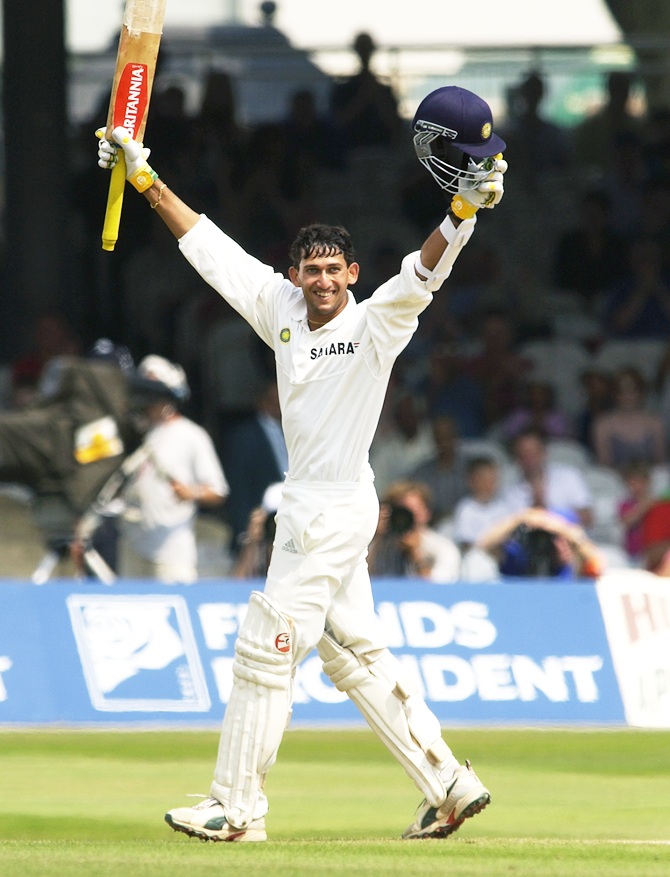
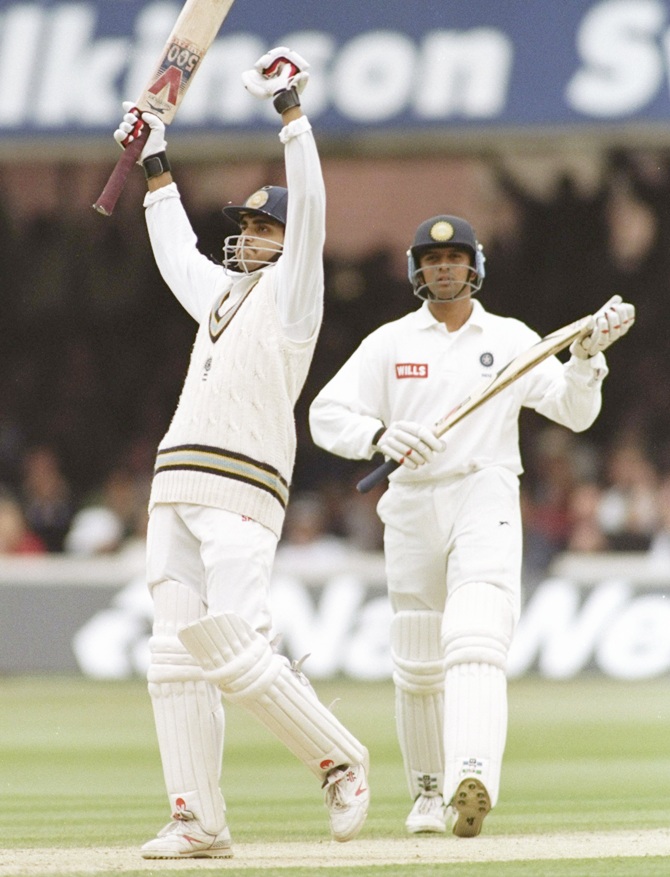
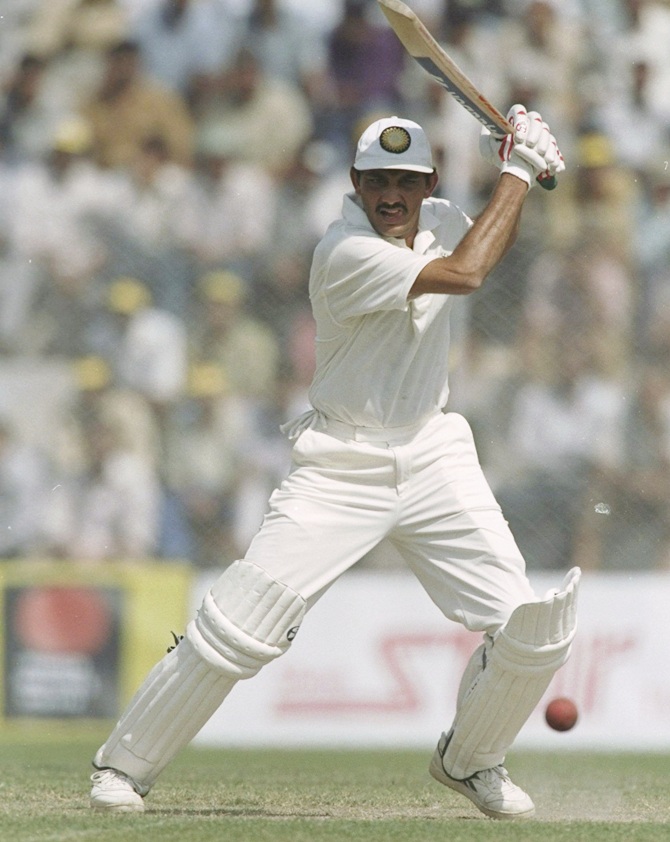
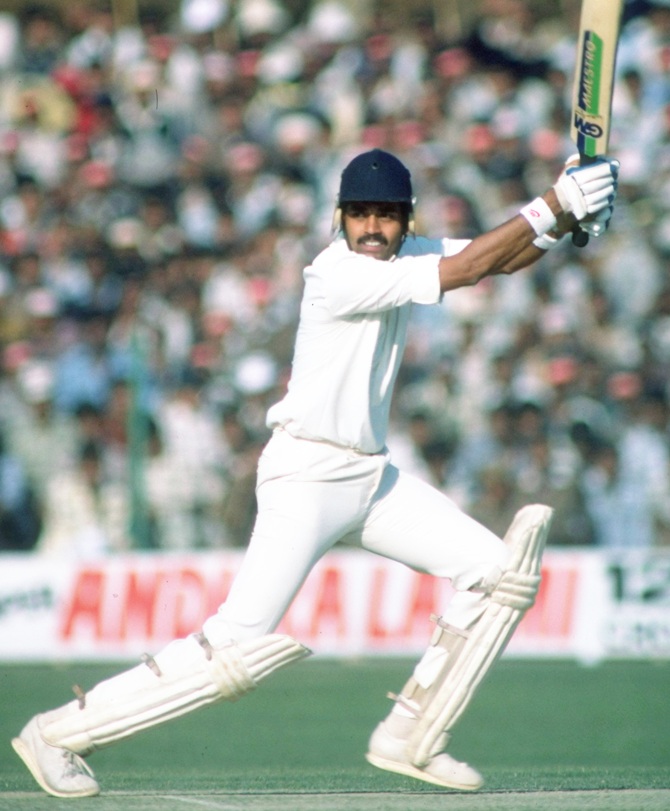
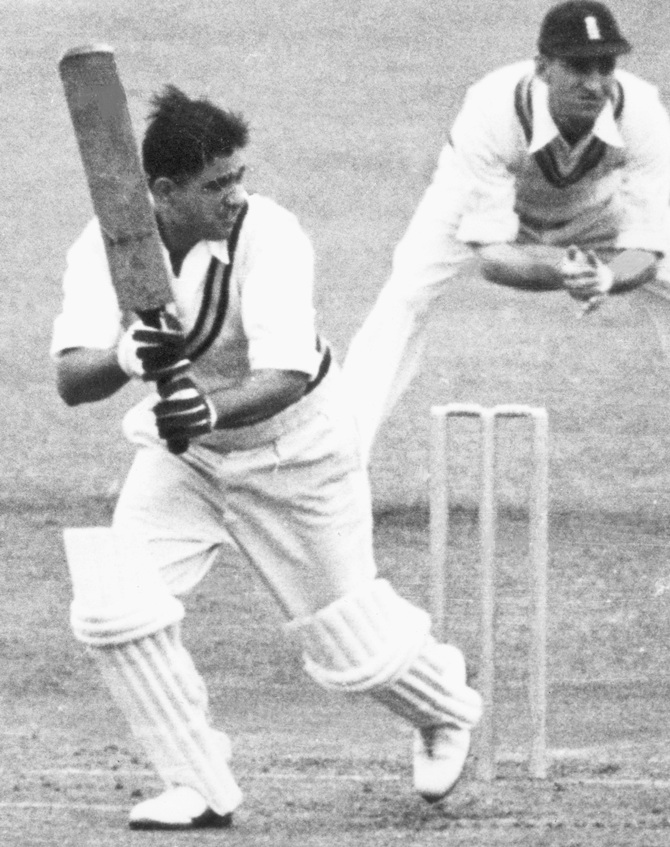
Comment
article